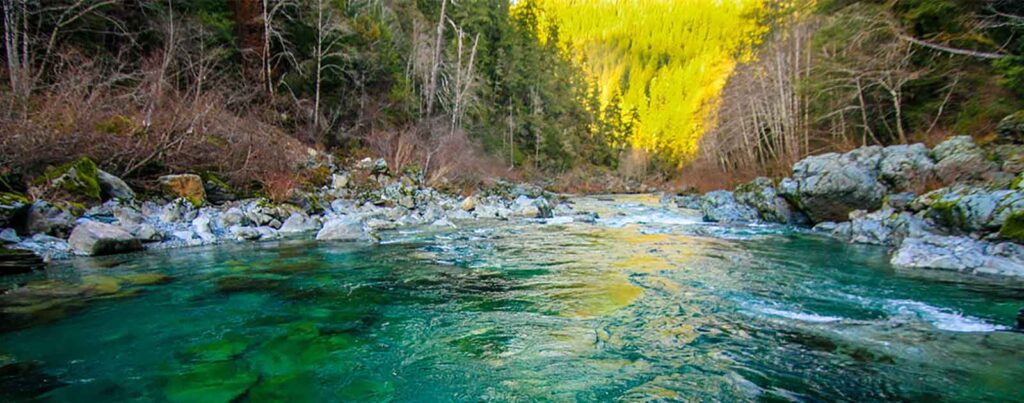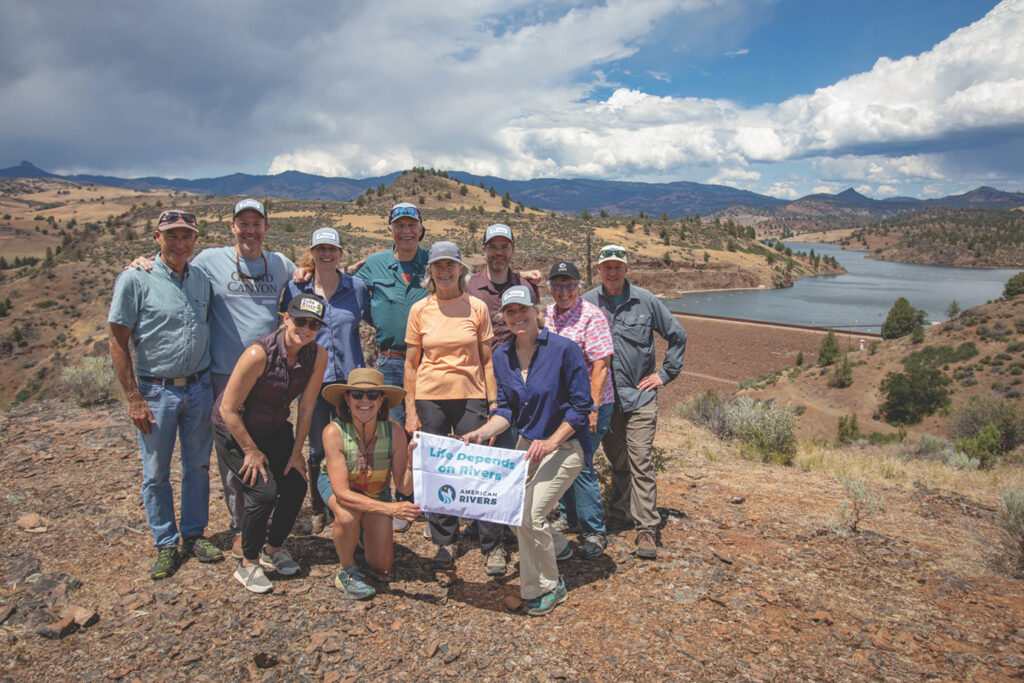Just How Outdated is the 1872 Mining Law?
The General Mining Act of 1872 is an antiquated law governing mining on public lands. We need to protect special places that are threatened under this outdated rule.

The General Mining Act of 1872 is an antiquated law that governs mining industry operations on public lands, despite advances in knowledge and technology that should long ago have led to a change in the way mines are opened and operated. A lot has changed since this law was passed 143 years ago. In that time, countless discoveries and advancements have kept our country in the forefront of technological advancement, increasing our awareness of the impacts of mining on the environment.
So you might be pondering… what was happening around 1872? Has America really changed that much? The answer is simple: Yes.
Let’s think about the everyday life of an American citizen. If you were born in 1872, like President Calvin Coolidge, you were likely to die by the age of 40. At this time, sanitation had only recently been implemented to prevent the spread of germs. This means that many doctors wouldn’t bother to wash their hands between patients because they considered infection to be spontaneous.
President Ulysses S. Grant must have really wanted those lucky enough to survive a visit to the doctor to move out west because the Federal Government at the time would only charge a maximum of $5 per acre for minerals extracted from publically-owned lands. (It’s worth noting that many of these “publically-owned lands” had recently been taken at gunpoint from Native Americans who had lived on them for millennia.) Perhaps President Grant thought that pioneers needed additional coaxing. After all, no one could hop in their cars and relocate. Henry Ford, being nine years old, was still 36 years away from developing his Model T.
Another jaw-dropping contrast between now and then is how far our technology has come. The original typewriter was produced one year after this enduring mining law that dictates how economic minerals, such as gold, copper and uranium, are mined on federal property. Just like our communication capacity, our capabilities and efficiency for mineral extraction have come a long way from the pickaxe and pan.
I do not wish to undermine the individuals that shaped our great nation. I mean only to showcase that nearly every aspect from medicine and science to transportation and communication has been updated to reflect our constantly changing landscape. In the meantime, a major law governing mining has remained unchanged and outdated, even as the technology associated with mining operations has changed dramatically.
If our forefathers had known that foreign-owned mining companies could take valuable hardrock minerals including gold, uranium and nickel from public lands without royalty payment to the taxpayer, they might have structured this law differently. They most likely trusted that Americans wouldn’t stand for such a thing. I expect that they assumed we would fix the law if a problem arose, adapting to the changing times. I hope that they would encourage us to protect our lands from the permanent harm we’ve seen done time and time again from large-scale industrial mining.
The 1872 mining law needs be updated, and but it’s a big battle against well entrenched powerful special interests. It’s a fight we welcome, but it’s not going to be won overnight.
In the meantime, we can use the tools we have to protect our public lands today. Southwestern Oregon is threatened by industrial strip mining and it would be a shame to ruin these lands and essentially take them off the map.




1 response to “Just How Outdated is the 1872 Mining Law?”
Great post! Please continue sharing such excellent content. If you’re in need of professional services, be sure to check out